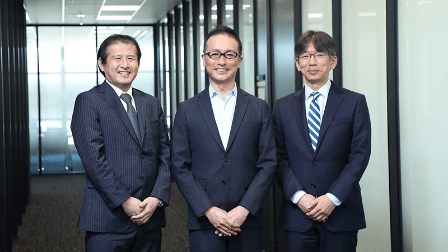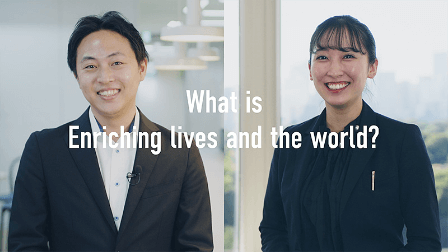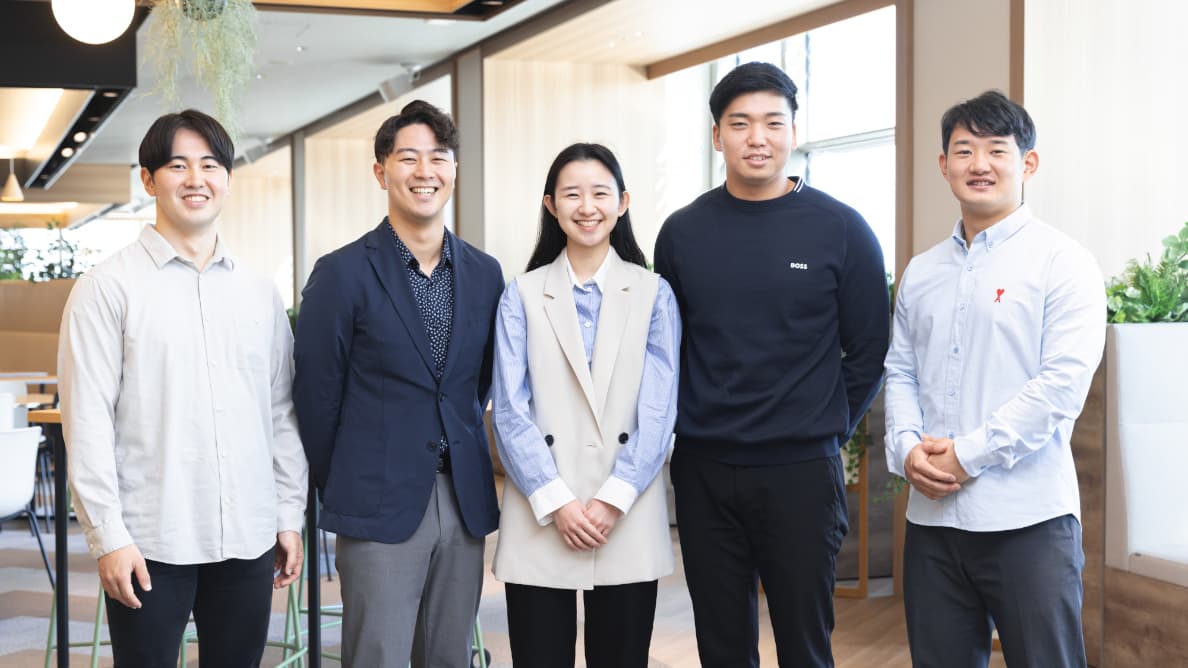
- TOP
- Enriching+TOP
- Sumitomo Corporation Supports Regional Healthcare in Malaysia: Becoming the Country’s Leading Clinic Network
2024.12.3
Business
Sumitomo Corporation Supports Regional Healthcare in Malaysia: Becoming the Country’s Leading Clinic Network

Leveraging insights from its retail business, drugstores and pharmacy operations, Sumitomo Corporation formally entered the private healthcare and clinic sector in Southeast Asia in 2020. In Malaysia, where we first entered the market, we have increased the number of clinics by more than 100 in just four years, growing to become one of the largest network of clinics in the country. How did Sumitomo Corporation successfully expand its clinic business, which was uncharted territory for the company? Two key personnel share the story.
-
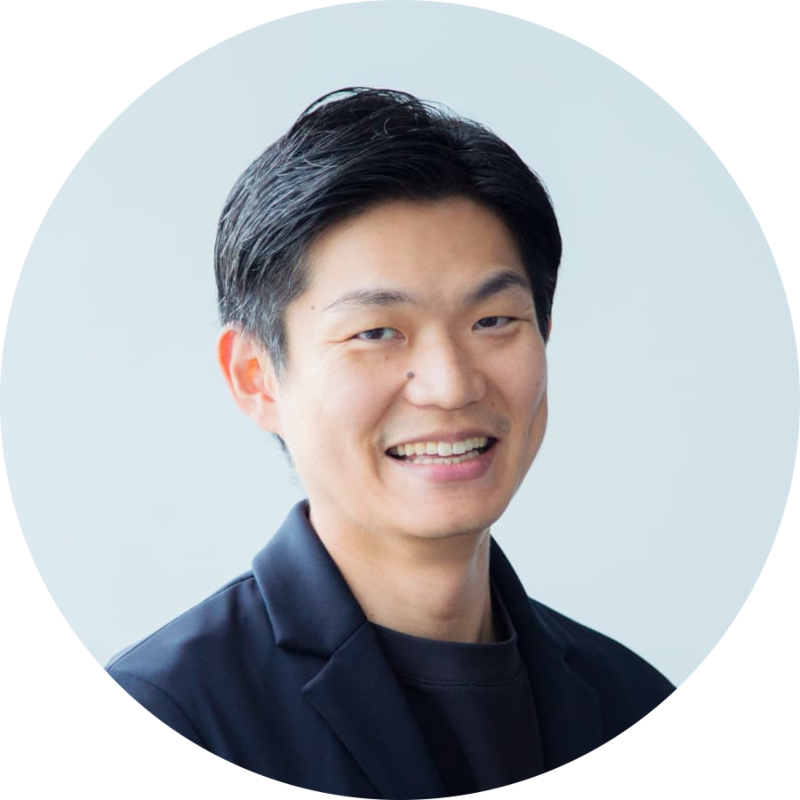
Team Leader, Business Development Team 2, Overseas Healthcare Unit
Masahiro Isobe
Masahiro joined Sumitomo Corporation in 2006, starting in risk management and corporate planning roles. After studying in the U.S., he began working in healthcare-related business development in 2018. From 2019 to 2024, he was stationed in Malaysia, focusing on managed care and new business development. He assumed his current role in July 2024.
-
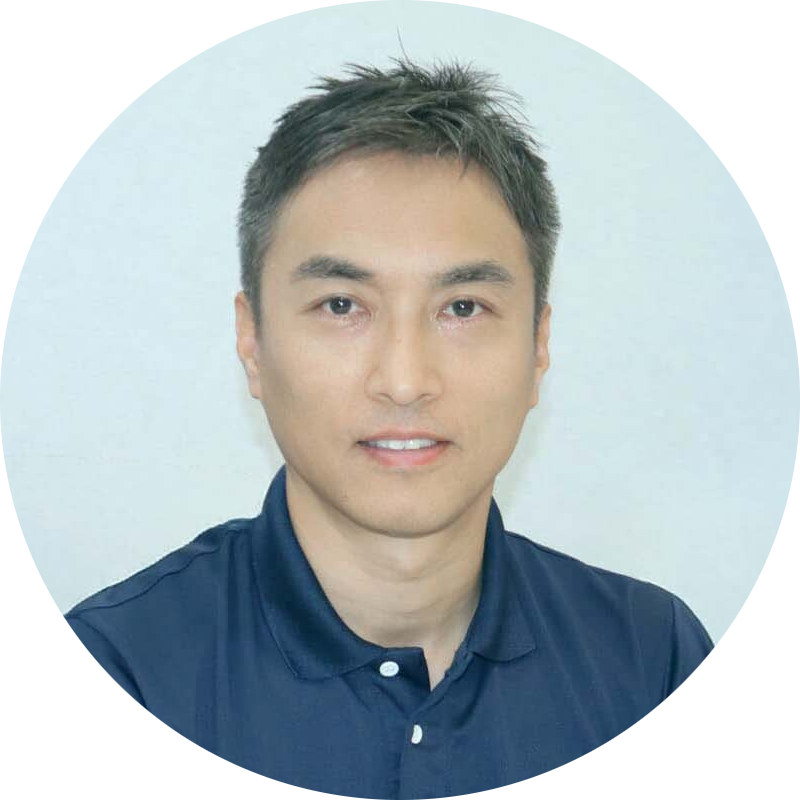
Chief Operating Officer, CareClinics Healthcare Services Sdn Bhd
Akira "Alex" Kawazoe
Akira joined Sumitomo Corporation in 2003, working in planning, development and sales of digital services. After working in venture investment in the U.S., he was responsible for overseas business development and investment management in e-commerce. He has been involved in healthcare-related business development since 2018 and assumed his current role in 2020.

The Significance of Entering the Healthcare Market in Malaysia, a Country Experiencing Remarkable Economic Growth
Why did Sumitomo Corporation enter the clinic business in Malaysia ahead of other Southeast Asian countries?
Isobe In Southeast Asia, there is a growing need for health management and quality primary care to prevent illnesses from becoming more serious, as the quality of medical services and rising medical costs are challenged by the increase in lifestyle-related diseases and other factors. However, there is still a significant gap in the quality of healthcare services available. We decided to support local clinics and improve the quality of services to meet these growing healthcare needs.
In terms of economic development, Malaysia – with a per capita GDP exceeding US$10,000 – stands out as relatively mature compared to other countries in the region, and its economy continues to grow steadily. We identified a strategic opportunity to enhance healthcare services through synergy with our established managed care business*, which serves around three million members.
*Managed care is a healthcare model often used in countries with mixed healthcare systems, where private health financing complements a robust public healthcare system. In such models, companies, private insurers, managed care providers, and medical facilities collaborate to coordinate and manage healthcare services, promoting efficiency and continuity of care for patients.
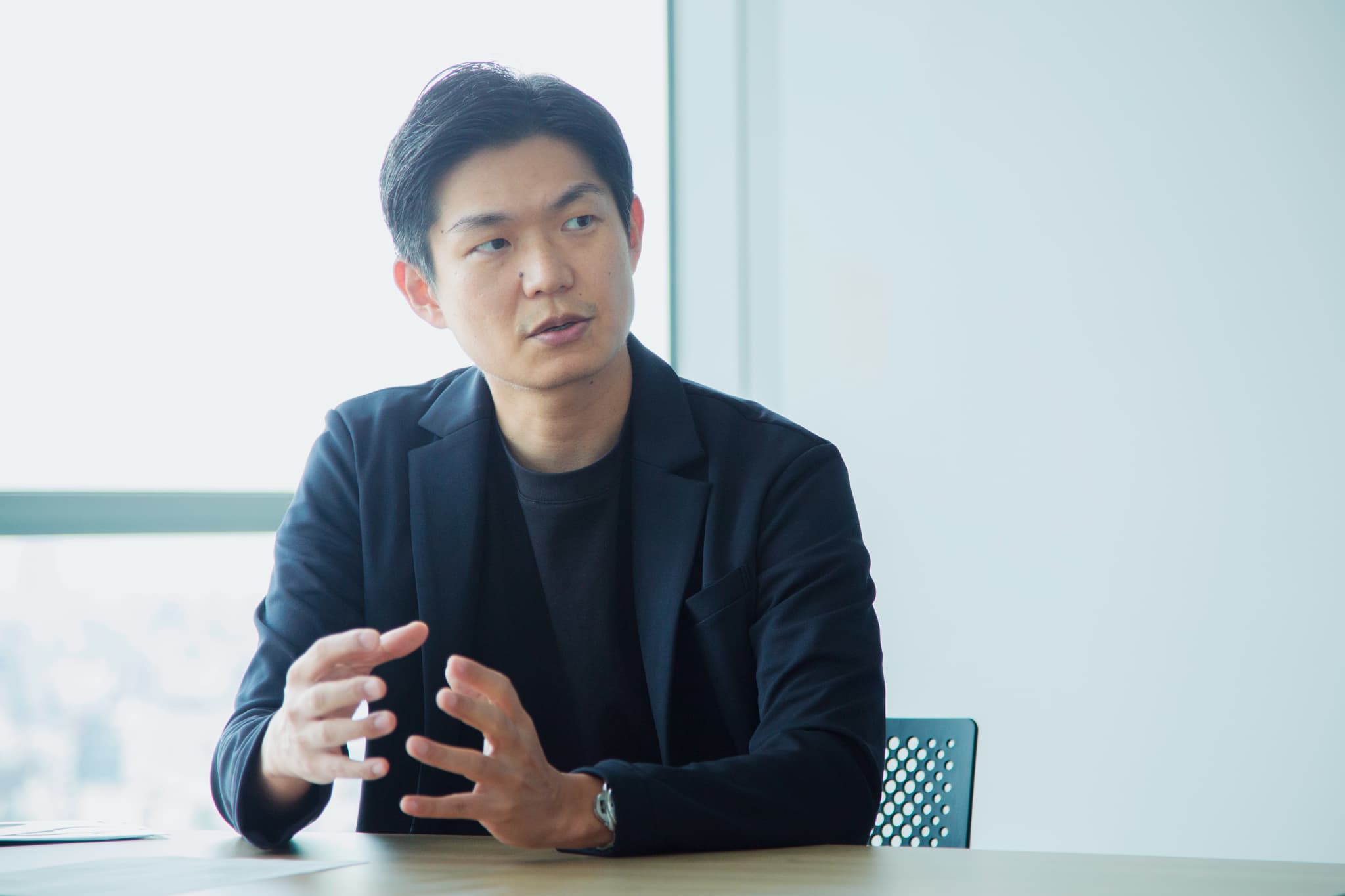
Becoming Malaysia’s Leading Clinic Network through Grassroots M&As
In the four years since entering the clinic business, the company has grown to become the largest healthcare provider in Malaysia, expanding from 18 to 154 clinics in that time (as of December 2024). How did you set about growing the number of clinics on this rate?
Kawazoe We began by investing in CareClinics Healthcare Services ("CCHS"), which operates private medical clinics in Malaysia. The investment process was very challenging. Just before we were to proceed, the COVID-19 pandemic hit Malaysia, and none of the team, myself included, were unable to travel to the region. All negotiations with local partners had to be conducted online. Additionally, integrating the 18 existing clinics into CCHS was complex, with numerous companies involved and many contracts to manage. Despite the significant challenges to CCHS's business posed by COVID-19, with support from management, the legal department and other corporate units, we successfully completed the deal. Afterwards, CCHS expanded by acquiring more clinics through a series of smaller M&As.
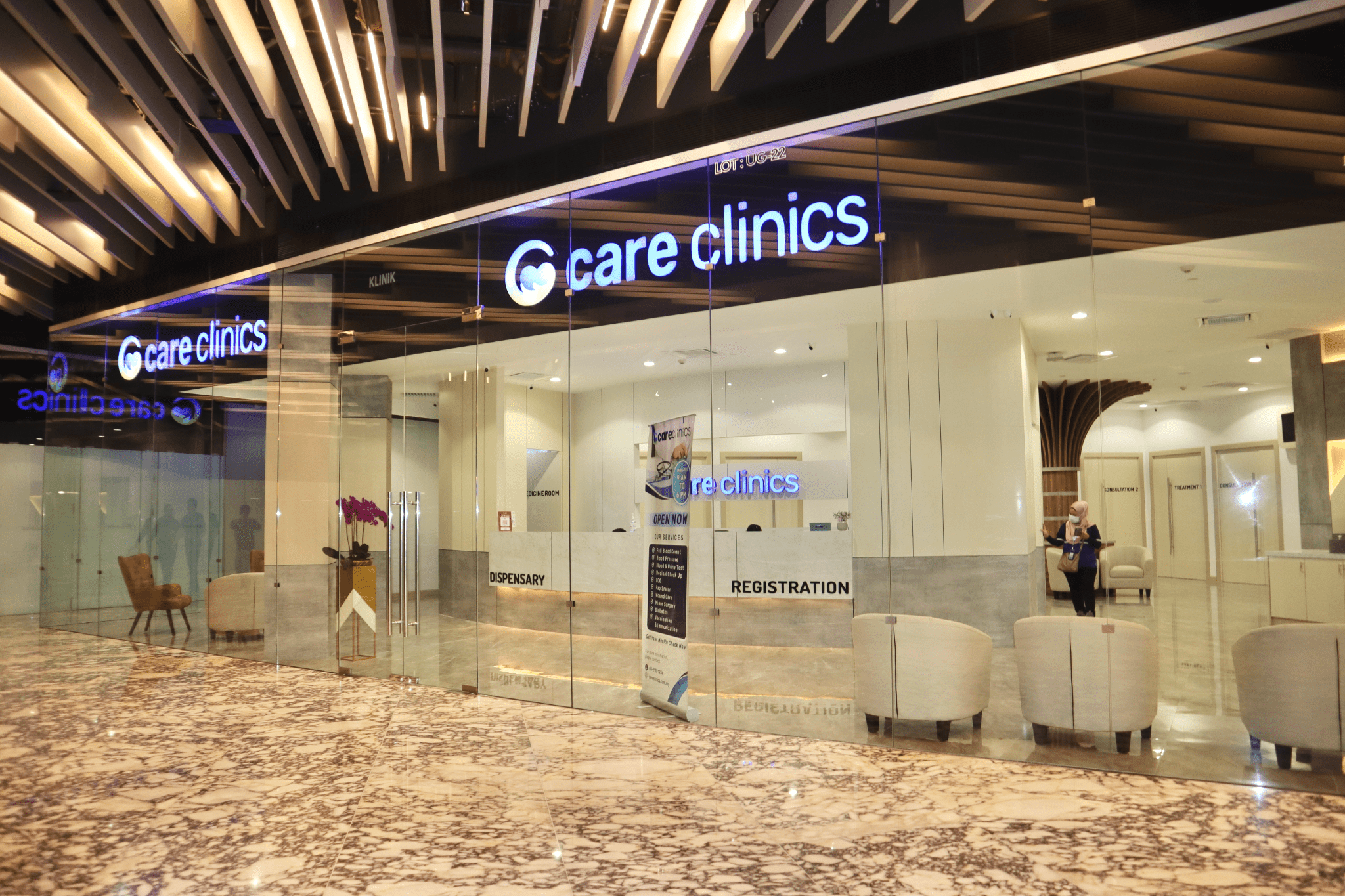
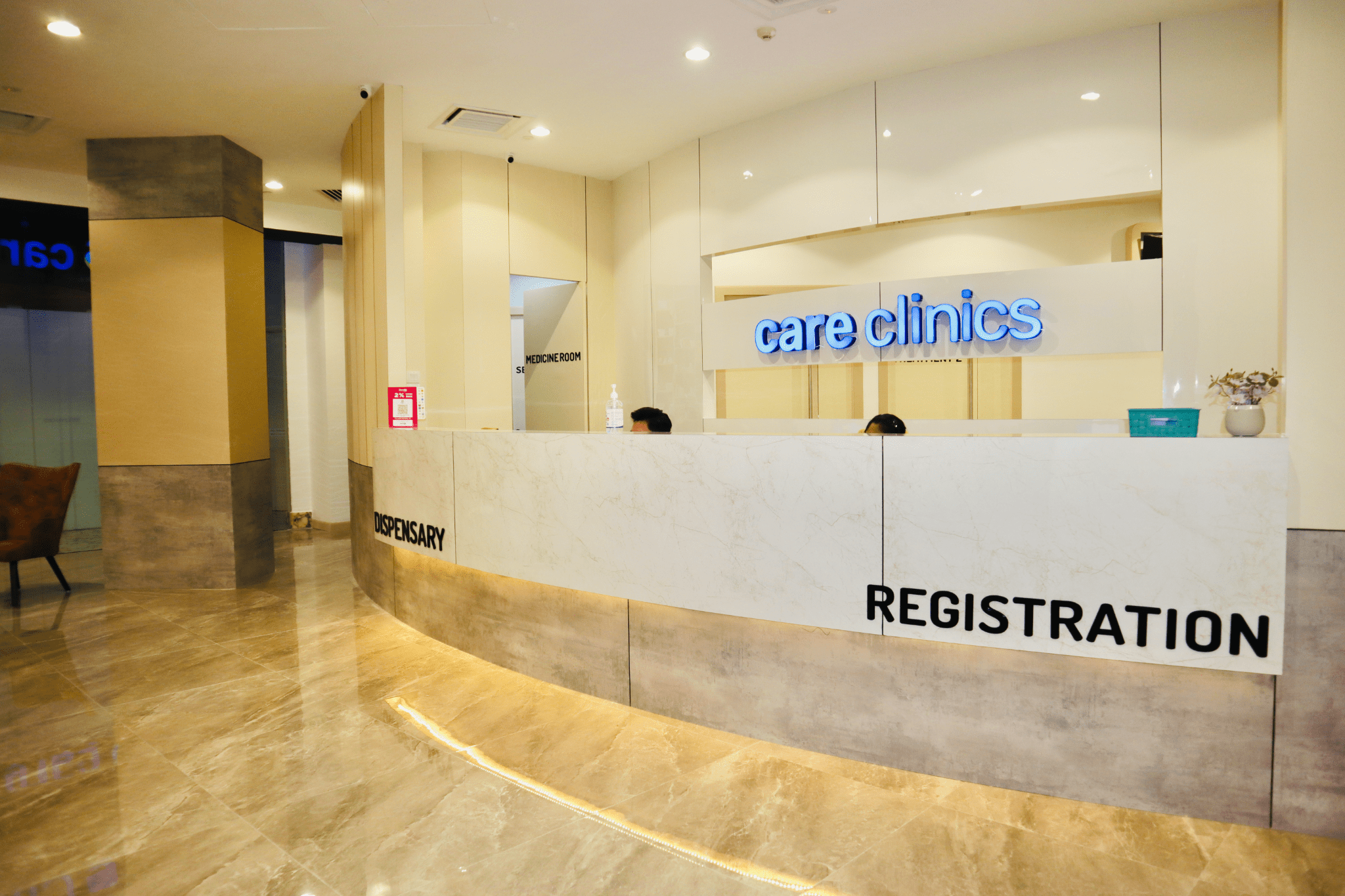
Was the M&A process difficult?
Kawazoe Most clinics in Malaysia, like those in Japan, are privately owned by doctors who have built up their practices over many years, so they are emotionally attached to their businesses. This makes M&A negotiations particularly delicate. In addition to financial considerations, clinic owners are very concerned about whether their clinics will be well-managed after the acquisition, so we approach these discussions carefully, sometimes meeting multiple times to align on terms.
In CCHS’s case, we had local doctors handle most of the negotiations, which helped build trust with clinic owners. In many cases, we used our network of partner physicians to select acquisition partners, but as our business grew, more clinics began approaching us. We make our decisions based on location, profitability and other criteria.
Before finalizing acquisitions, I often visit clinics with the owner to meet the staff and show our commitment to maintaining the business. Sometimes this is an emotional experience for practitioners and staff, who are often moved to tears remembering their journey and challenges. Seeing their attachment to the clinic reminds me of the responsibility we have to ensure growth over the coming years.
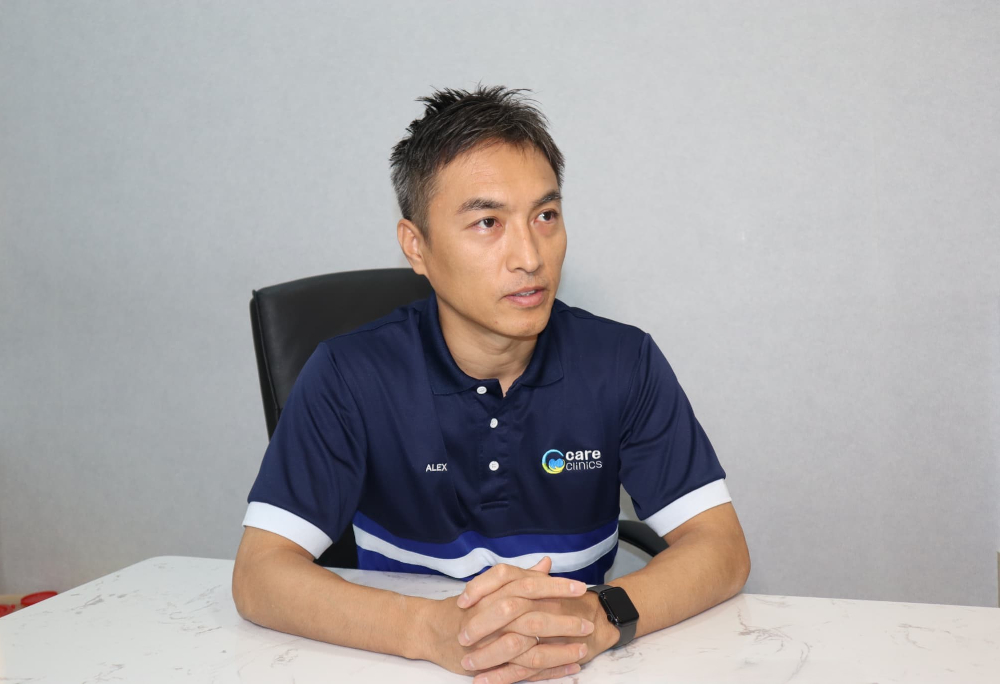
What steps do you take to integrate clinics after an acquisition?
Kawazoe Acquiring clinics is difficult, but the real challenge comes after the acquisition. Our goal is to retain as many of the existing doctors and staff as possible, but they are often anxious about the changes. In one of our early acquisitions, most of the medical staff left immediately after the deal. It was a truly stressful moment. I feared the worst – what if, after acquiring the clinic, we had to shut the business down? However, a colleague who was in charge of clinic integration stayed at the 24-hour clinic for days on end to provide operational support and communicate with the staff.
I also worked one-on-one to address concerns, which helped us retain key members and turned the clinic into a valuable part of our network. The sense of solidarity with my colleagues and the clinic’s staff who overcame these tough times together remains special to me.
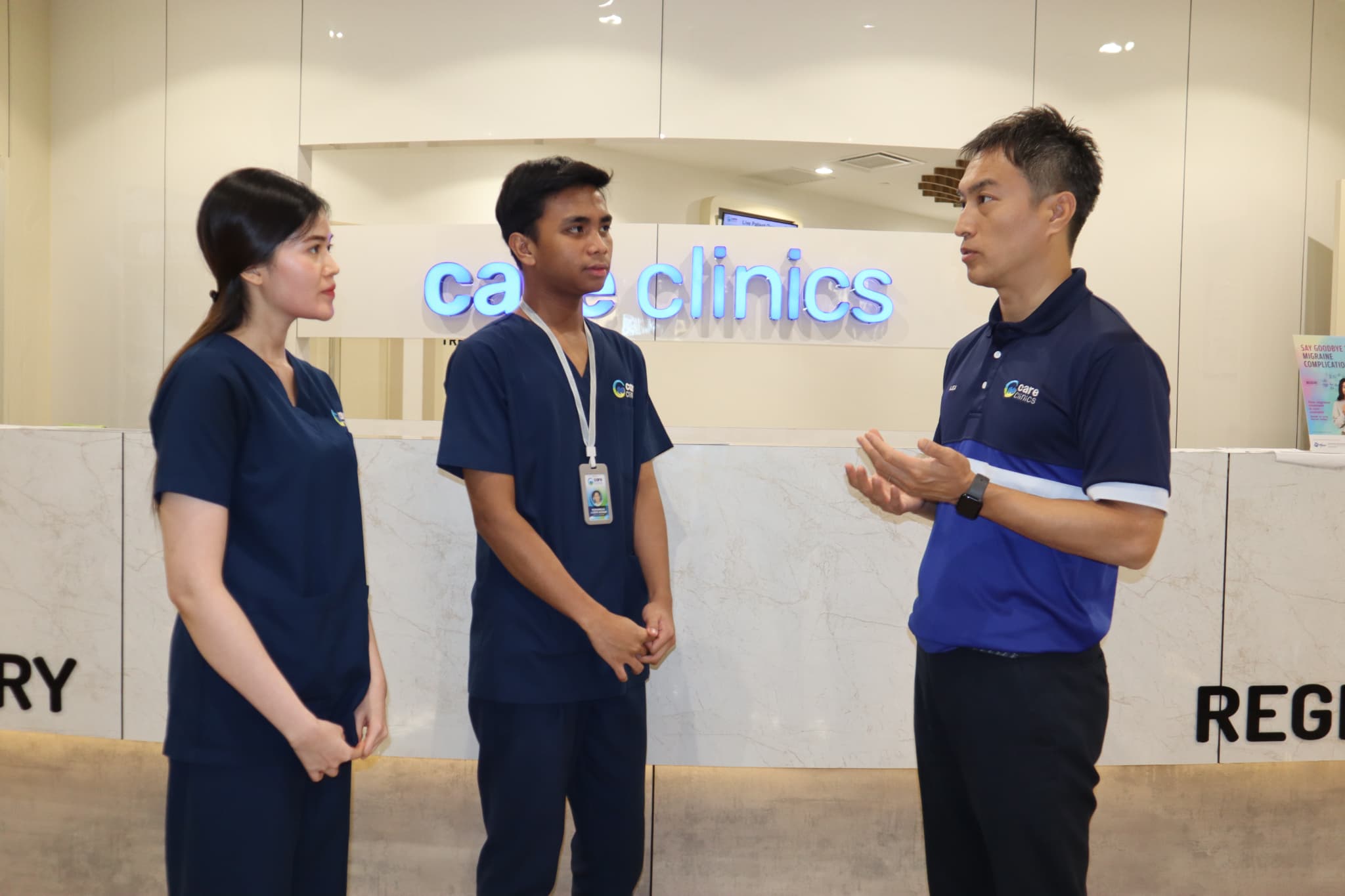
Based on that experience, we now have a specialized team in place to handle post-acquisition integration, and we continue to refine our approach. This team works closely with the clinic in the first month after an acquisition, explaining the benefits of joining the CCHS group to the doctors and staff, offering support through new systems and processes to ensure a smooth transition without overburdening them.
While we are working steadily to standardize operations, the treatment and drug prescription policies of doctors, decision-making methods and staff backgrounds often vary from clinic to clinic. We have a standard checklist for integration tasks but do everything possible to leave procedural decisions to the discretion of each specialized team member. We also have so much to learn from our acquisition partners. We are focused on finding the best solutions for both the patients and the business. For example, the posters used to collect feedback from patients were better at an acquired clinic than at CCHS, so we rolled them out to other facilities.
Leveraging Sumitomo Corporation’s Expertise in Chain Store Operations and DX to Deliver "Better Healthcare for Less"
How does Sumitomo Corporation apply its retail expertise to clinic operations?
Kawazoe Running a clinic business is similar to managing a chain of stores, so standardization is key. Sumitomo Corporation has long experience in retail through businesses like the Summit supermarkets and Tomod’s drugstores. The knowledge we’ve gained in market analysis, employee training and procurement is directly applicable to running clinics. For example, we can apply many of the same principles of employee training and operational management that we’ve used in retail, even in different countries.
We’ve also been pushing for digital transformation (DX) to standardize operations. For instance, we’ve implemented electronic medical records across all clinics and digitalized clinic operations, thereby reducing the burden on employees.
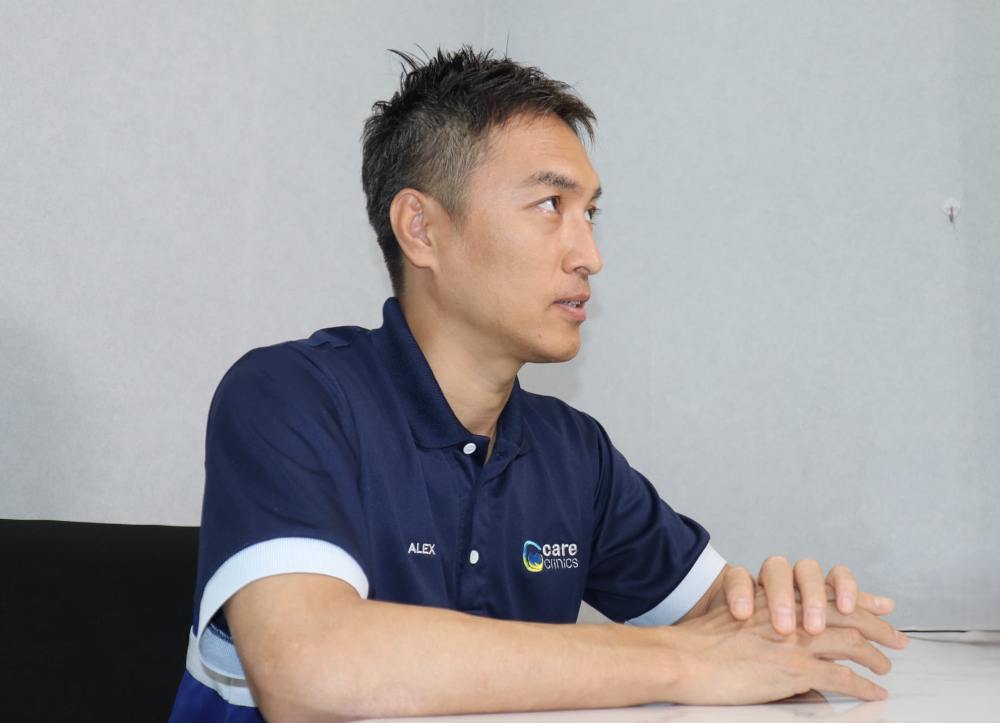
What changes have you seen in clinics following acquisition and digitalization?
Kawazoe With digital systems in place, we’ve improved work efficiency and reduced waiting times. Patients are often pleased with the cleanliness of the clinics in cases where renovations are made. What’s more, by fostering collaboration on treatment plans among doctors across clinics, we’ve seen improvements in the quality of care.
What are Sumitomo Corporation’s plans for expanding healthcare services in Southeast Asia, including the clinic business in Malaysia?
Isobe Our goal for the Malaysian clinic business is to reach 300 facilities, and then further expand to 500 facilities in the future, based on progress. We’re doing well so far. In addition to the number of facilities, we are also looking to expand our services to include physiotherapy, ophthalmology, dentistry and health screening centers.
Kawazoe Indeed. In Southeast Asia, most patients visit the clinic after symptoms appear, but we would like to go one step further and provide primary care services that focus on preventive care and health maintenance.
Isobe Our goal is to offer "better healthcare for less," which is challenging, but we are committed to achieving it. Our entire unit will continue to work with determination to promote business development with the aim of contributing to global healthcare.










